Get a weekly roundup of the industry news you need.
LAKE OSWEGO, Ore. – The Greenbrier Cos. Inc. has introduced a new covered hopper designed for grain service. It introduces the “Tsunami Gate,” a state-of-the-art door and hatch system that enables shippers to customize the discharge speed of grain. The railcar has a capacity of 5,185 cubic feet and a 50-foot, 6-inch length that is shorter than traditional models, allowing more railcars per fixed amount of track. Other design features include:
- Longer hatches for improved filling efficiency;
- Rounded stiffeners for stronger sides;
- Tsunami Gate for customized unloading speed – as quickly as 30 seconds;
- Automated unloading for improved worker safety;
- “Align to close” tabs for clear indication that the Tsunami Gate is closed, locked and sealed for transport; and
- Aerodynamic performance for up to 53% reduction in drag.
Peter Jones, Greenbrier’s vice president of engineering, says, “a shorter, higher-capacity covered hopper railcar with the Tsunami Gate is a long-awaited and highly valued product for grain shipping customers. The new design increases worker safety by automating the unloading process, and it optimizes space on the tracks. By shortening the length of traditional grain railcars by more than 5 feet, while maintaining the same cubic volume, the result is less fuel consumption, reduced greenhouse gas emissions and lower overall operating costs for our customers.”
Trains News Wire will have additional coverage of the car from the upcoming Railway Interchange 2019 trade show, to be held Sept. 22-25 in Minneapolis.





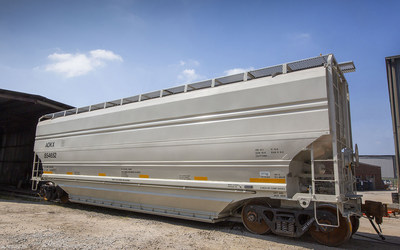

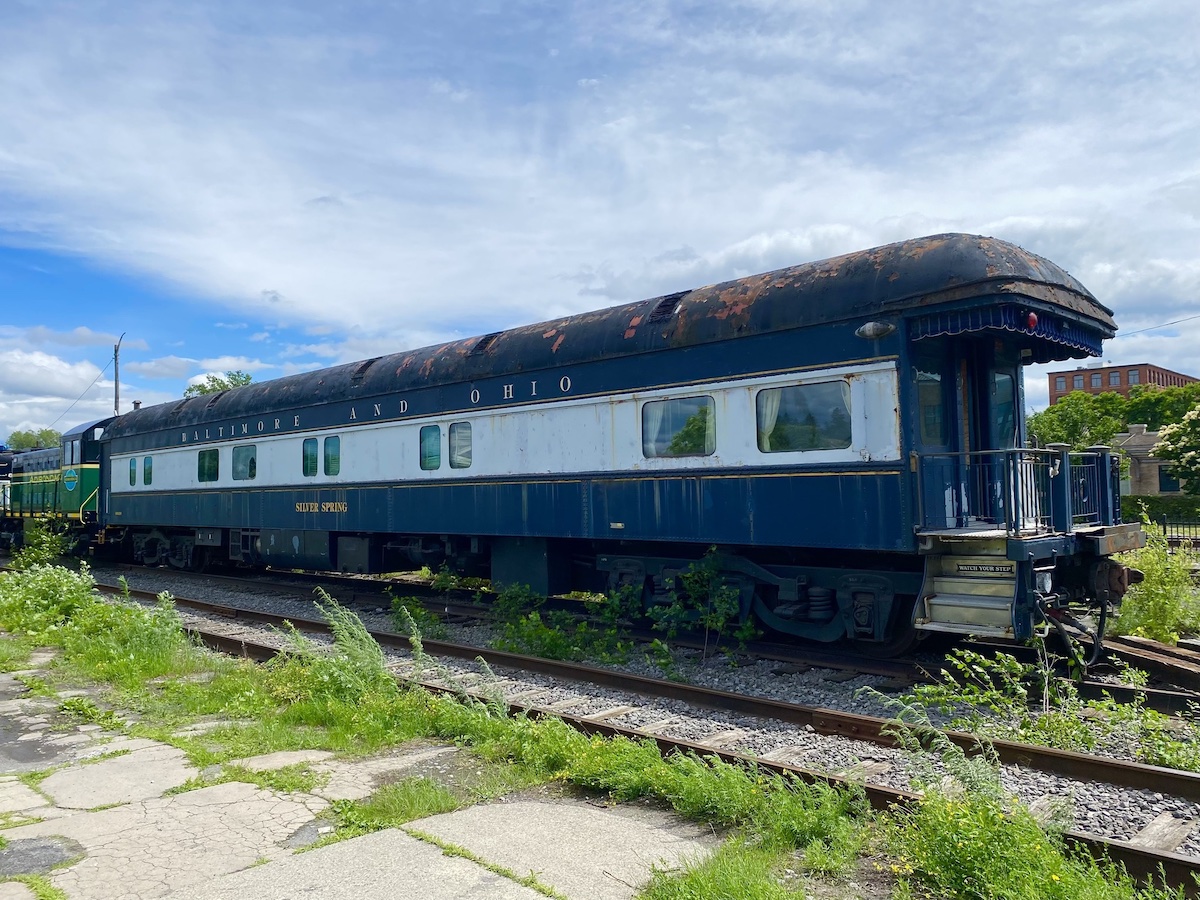
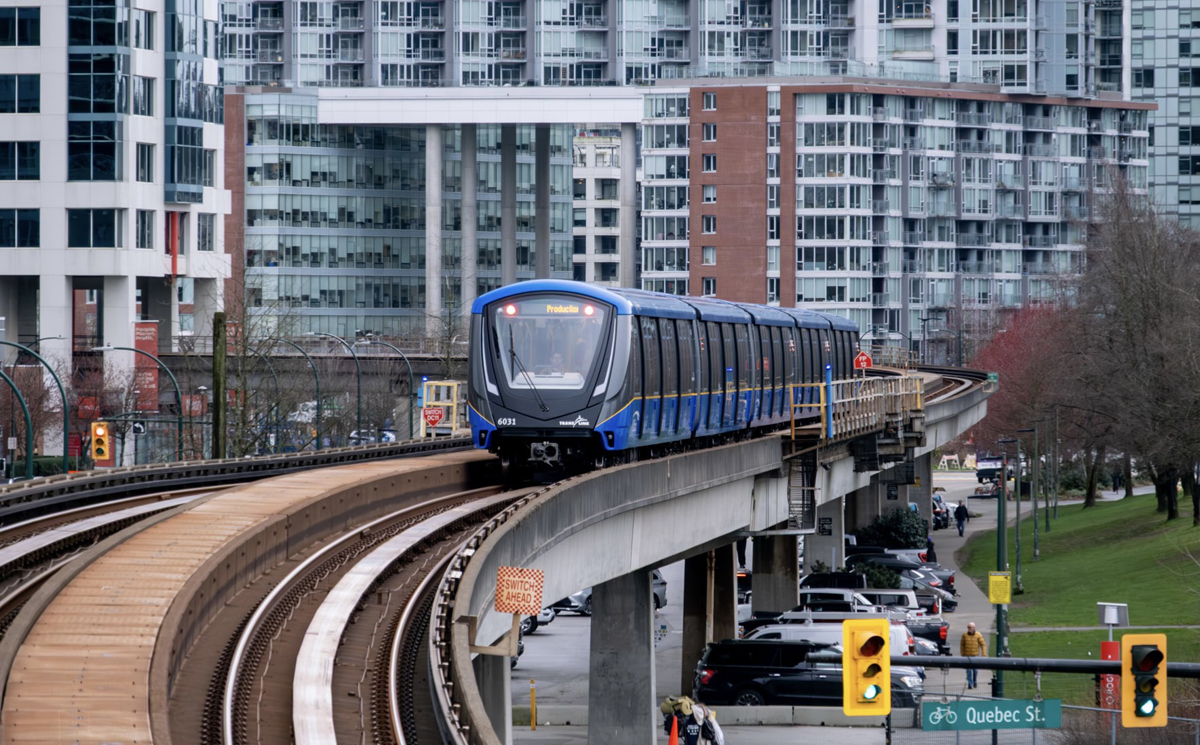
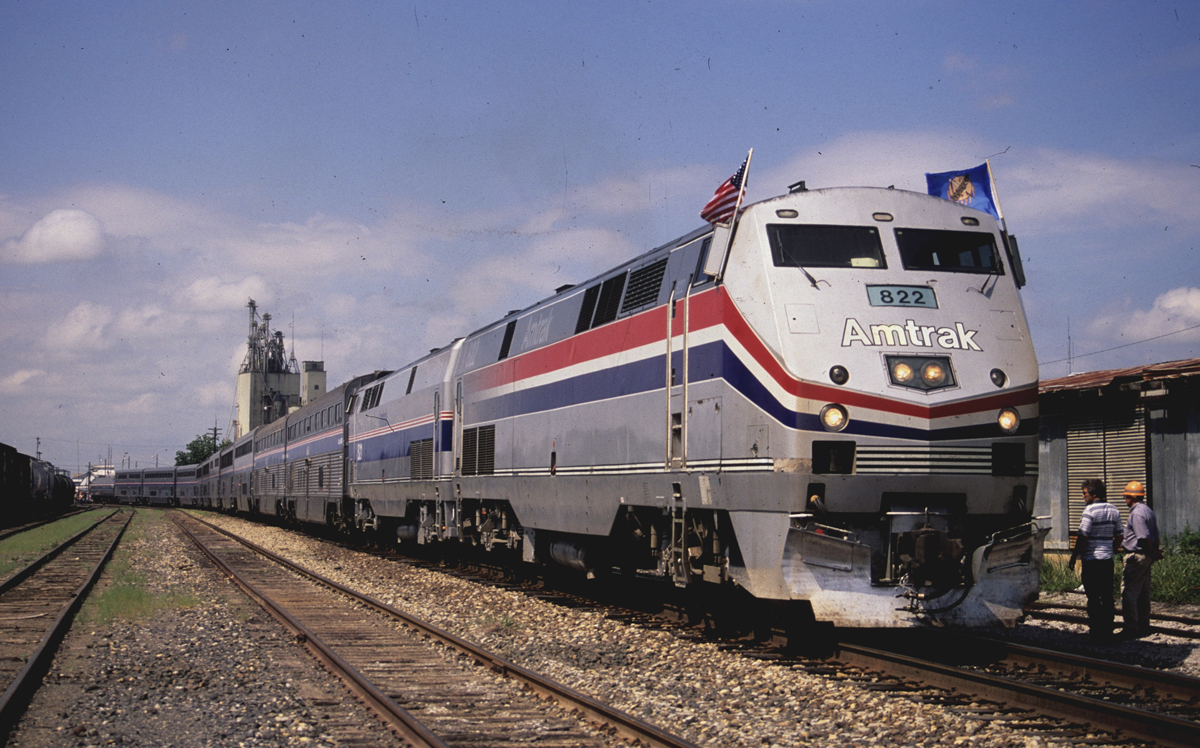
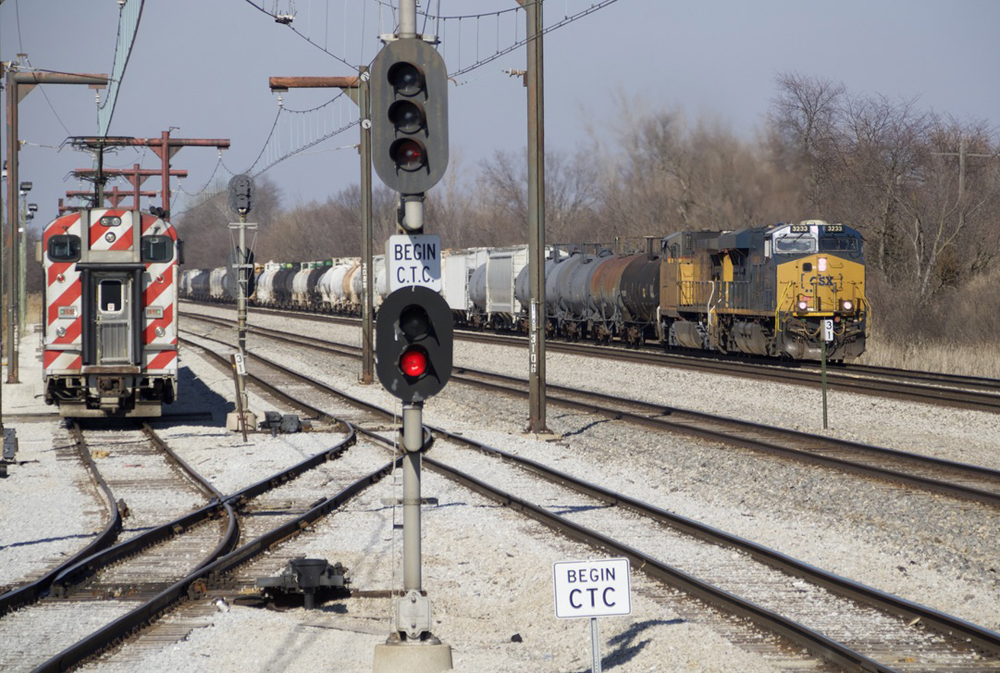




First of all, the standard clearance diagrams deal with clearances above the rail and between the rails–shouldn’t be that much of a problem.
Second, I know of companies that have tried graffiti-resistant coating (UP on locomotives, Cryo-Trans on some of its reefers. When that stuff peels, it looks worse than ever…almost makes you long for the graffiti.
Gerald. I’m aware it’s what’s inside that counts. If they are using graffiti proof paint but don’t care, then why spend the extra money on that paint. Graffiti proof paint I’m aware of the graffiti flakes off after it rains a few times. But I guess corporate image isn’t important. Didn’t you ever hear of the “broken window” theory? One bad act without a reaction just invites more bad acts.
John Winter,
They do paint cars with graffiti proof paint, but no one ever bothers to wash the graffiti off, it’s not really worth it as the only thing most shippers care about is the inside of the car…the outside has no bearing on the product inside. The U.S. is not the only place with graffiti problems…go to YouTube and search for videos of Australian grain trains, if not for the different motive power you’d think you were watching U.S. railroads.
wow it looks fancy
Nice! But I wish they would paint railcars with graffiti proof paint. Unfortunately vandals will have a field day with these cars.
I was thinking the same thing about how close the gate is to the ground. First thought, hope, is that the engineers at Greenbrier are not unaware of the condition of some grain hauling roads and did a few performance checks against Class 1 and excepted track standards. Second, in truth underside clearance isn’t a whole lot different than the amount of clearance provided under the fuel tanks of a typical locomotive (that said, creases and dents in fuel tanks aren’t terribly uncommon.) And who knows, the lower center of gravity may perform better on less than ideal track. If it works it will be an interesting evolution in hopper design.
I can also see the germination of the next jump in car weights (286k to 315k) in this design.
That thing is going to be restricted to some very highly maintained grain branches.
A great opportunity for some large “throw back” graphics on these cars. An 8′ tall “CSX” or “BNSF” would look right at home!
“Aerodynamic performance for up to 53% reduction in drag”
Judging by the design of that new pan (Tsunami Gate) on the bottom, that is where they are seeing the improvements.
However, I am familiar with several road crossings that will most definitely jack that “Tsunami gate”.
Look for mysterious droppings of grain on the ballast as these cars proliferate or some serious crossing damage.